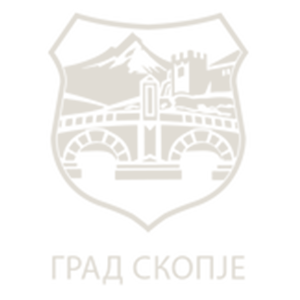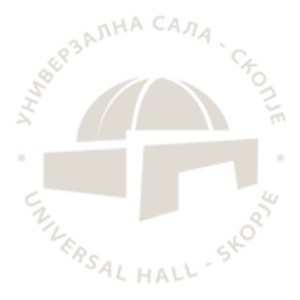Artists: Lawrence Abu Hamdan, Beirut Urban Lab, Centre for Spatial Technologies, Forensic Architecture, Kumjana Novakova, YoHa and Matthew Fuller.
Disastrously, but with deliberation, war is increasing today. How are we to make sense of it? War comes to us and takes place through technologies of sensing and action. As well as operating as destruction, war happens through the senses and on the senses. Sensory technologies influence and mediate the ways we experience, know, interpret, classify, and inhabit the world, as well as the traces we leave behind.
‘War on the Senses / War of the Senses’ registers how aesthetics is fundamental to war. The senses become a key site through which war is pursued and also become its targets. Machine sensing, as much as human perception, is involved. We see this in the amount of data circulating online as well as its speed and distribution. This sheer mass transforms sensation and experience; something further intensified through information warfare and campaigns of mis- and dis- information, as well as the automation of warfare itself. These developments redistribute articulations of crises fueled by military conflicts and form part of the theatre of war whilst also being part of the everyday news agenda.
This exhibition focuses on relationships between contemporary digital technologies and the production, distribution, interpretation, and use of images and evidence of war in order to explore the nexus of aesthetics and violence. The exhibition highlights six exemplary projects working on the investigation and analysis of such conditions. Each work may suggest ways of understanding this condition and even reworking it by calls for justice and the forming of evidence.
Artist Biographies:
Lawrence Abu Hamdan is an independent sonic investigator or ‘Private Ear’. His investigations focus on sound and linguistics and have been used as evidence at the UK Asylum and Immigration Tribunal and as advocacy for organisations such as Amnesty International and Defence for Children International. Abu Hamdan received his PhD in 2017 from Goldsmiths College University of London and was a joint winner of the Turner Prize in 2019.
Beirut Urban Lab is an interdisciplinary space at the American University of Beirut. The Lab produces research on urbanization to document and understand transformation processes in Beirut, Lebanon, the region, and cities more broadly. Strongly committed to visual scholarship, they have created geographic databases, interactive platforms, and multiple mappings of urban systems and phenomena over several years, with the ultimate aim of exploring different strategies and imagining alternative models of recovery.
The Centre for Spatial Technologies is a cross-disciplinary research practice, specialising in spatial analysis, visualisation, and modelling based in Kyiv. They have documented and analysed many of the acts of violence taking place in Ukraine.
Forensic Architecture is a research agency based in London that since 2010 has reworked the tools of architecture and art to establish new forms of human rights investigation. Their work has been used as evidence in courts internationally and been shown in leading art institutions worldwide.
Kumjana Novakova is a research-based filmmaker, working also as film-curator and lecturer in cinema and audiovisual methodologies. She is a co-founder of the Pravo Ljudski Film Festival in Sarajevo, and acts as its chief curator. As an author, her research lays between cinema and contemporary video art, researching relationships related to power, war, memories and resistance. Currently Kumjana lives between Sarajevo and Skopje.
YoHa, (Matsuko Yokoji and Graham Harwood) are an artist couple working in the south of England. They have often worked on the ways database technologies produce different kinds of social conditions. For this project, and some others, they worked with Matthew Fuller, co-curator of this exhibition, to develop an approach to the dataset. Matthew Fuller is a cultural theorist who works on art, science, politics and aesthetics. He is Professor of Cultural Studies at Goldsmiths, University of London.
Curators: Matthew Fuller and Tihomir Topuzovski
Graphic design: Denis Saraginovski
Exhibition design: Jovan Ivanovski


